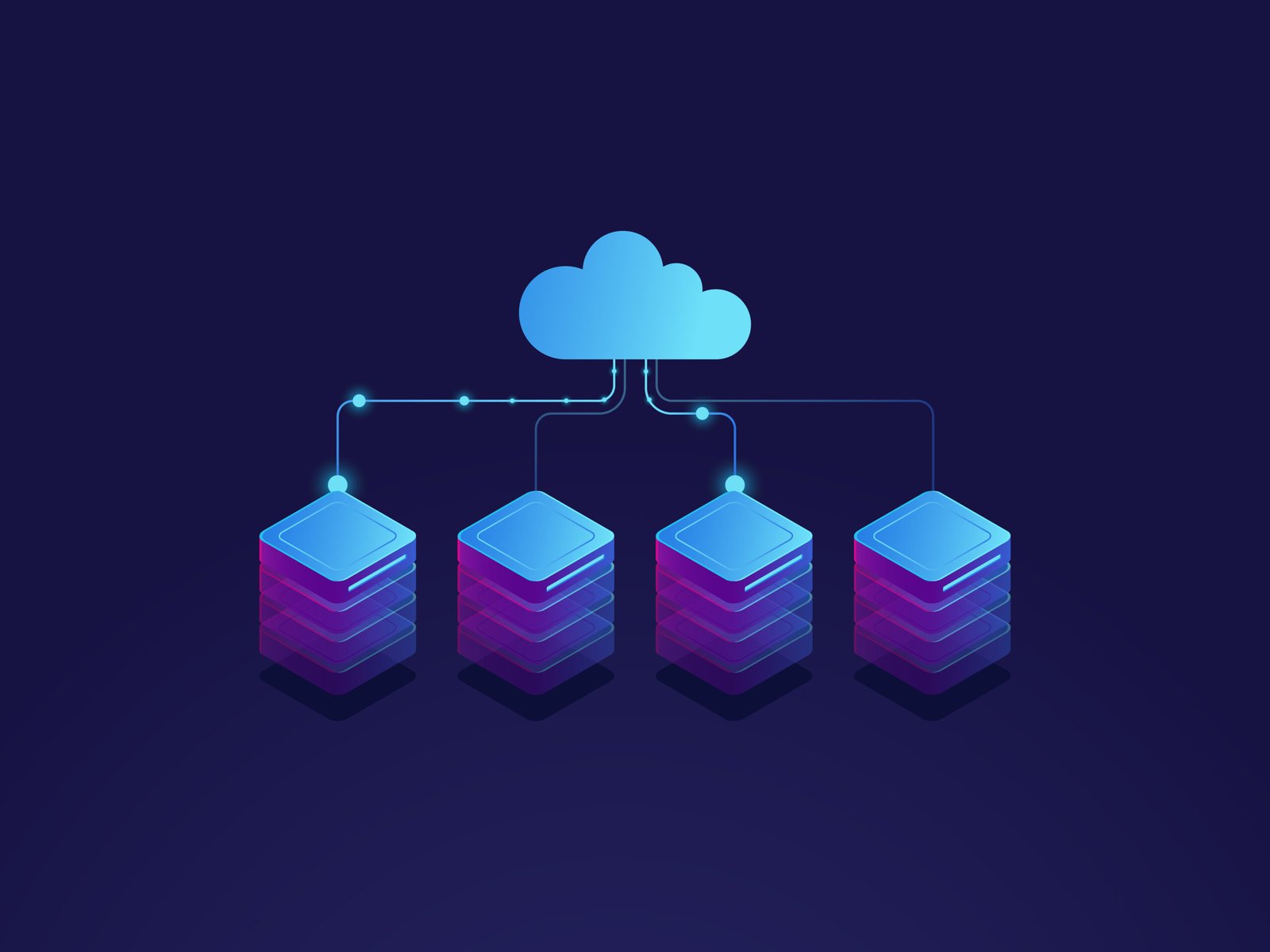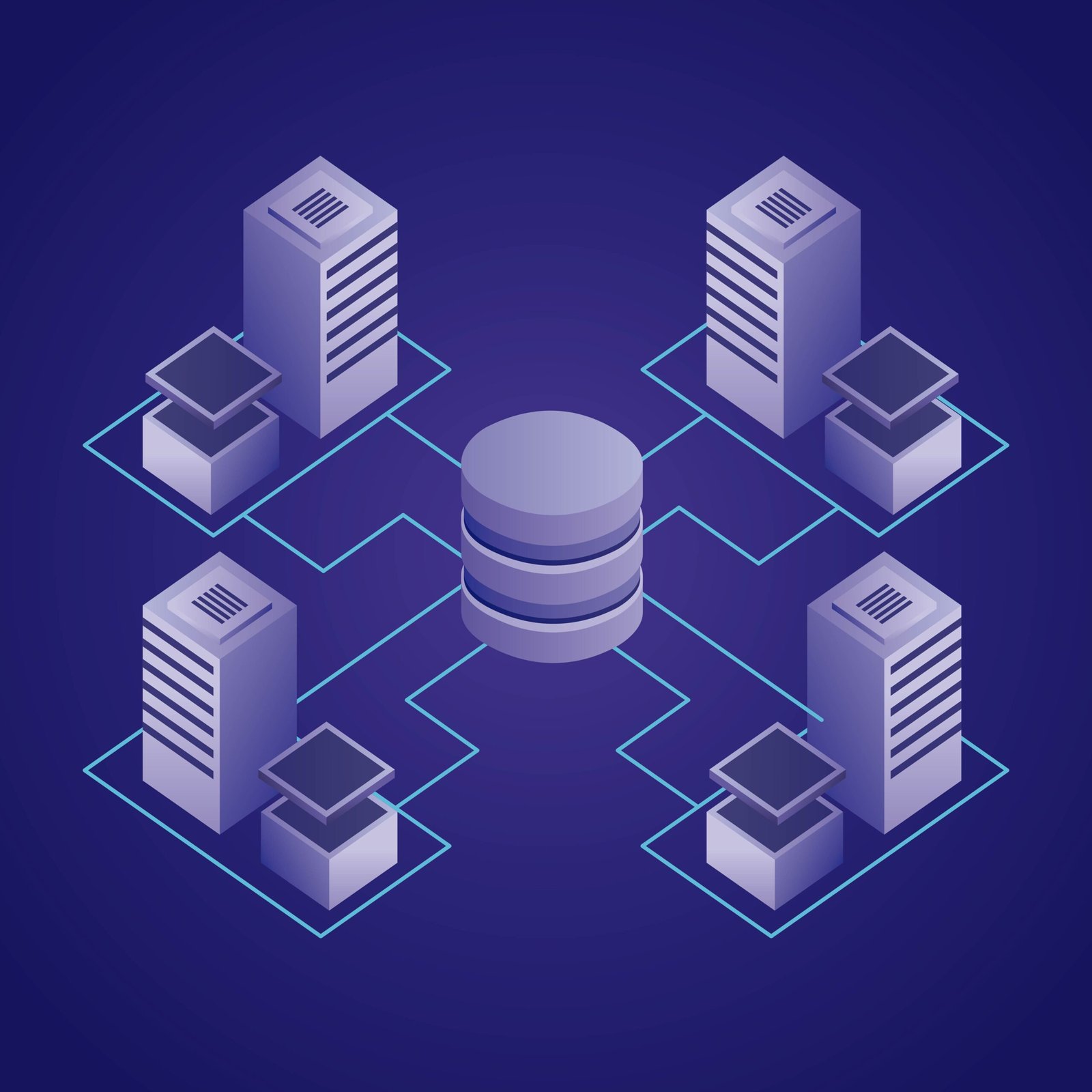Why Developers Use Multiple Databases in a Single Project: Benefits and Real-World Use Cases
Have you ever wondered why major tech companies like Netflix, Uber, and Amazon don’t rely on just one database system for their massive applications? The days of the “one-size-fits-all” database approach are long gone. As of 2025, over 70% of enterprise applications leverage multiple databases to handle different aspects of their functionality. This polyglot persistence strategy has become the backbone of modern software architecture—but why?
Today, we’ll explore why developers are increasingly adopting multiple databases within single projects, the significant benefits this approach offers, and examine real-world use cases that demonstrate its power. Whether you’re a seasoned developer or just curious about modern application architecture, this guide will help you understand this crucial trend.
Why Developers Choose Multiple Databases for a Single Project
The core reason developers incorporate multiple databases is simple: different data has different needs. Think of databases like specialized tools in a toolbox—you wouldn’t use a hammer for every job, and similarly, you shouldn’t use a single database type for every data requirement. Each database type excels at specific functions, making it perfect for particular aspects of your application.
For instance, relational databases like PostgreSQL shine for structured data with complex relationships, while document databases like MongoDB excel at handling flexible, schema-less data. Time-series databases like InfluxDB are optimized for time-stamped data, and graph databases like Neo4j manage complex networks of relationships exceptionally well. By leveraging these strengths together, developers create more efficient, scalable systems.
Key Benefits of Using Multiple Databases in Software Development
1. Specialized Performance Optimization
Each database type is optimized for specific operations. By selecting databases based on their strengths, developers can dramatically improve performance for different functions. For example, Redis provides lightning-fast in-memory operations for caching, while PostgreSQL offers robust ACID compliance for critical transactions. This specialization ensures each part of your application performs optimally.
2. Improved Scalability
Different parts of applications scale differently. By separating concerns across multiple databases, developers can scale each component independently based on its specific load patterns. This approach prevents bottlenecks where a single database might become overwhelmed, allowing for more graceful growth as user numbers increase.
3. Enhanced Availability and Fault Tolerance
Distributing data across multiple databases creates inherent redundancy, making your application more resilient. If one database experiences issues, other parts of the system can continue functioning. This architecture enables better disaster recovery planning and reduces single points of failure, which is crucial for mission-critical applications that require high availability.
4. Better Data Model Flexibility
Different data naturally fits different models. Customer information might be perfectly suited for a relational database, while user session data might work better in a key-value store. Product recommendations might be most efficient in a graph database. Using multiple databases allows developers to model each data domain in its most natural form without compromise.
5. Technological Future-Proofing
Technology evolves rapidly. A polyglot persistence approach makes it easier to adopt new database technologies for specific components without wholesale migration. As of early 2025, we’re seeing many companies gradually adopting AI-optimized database systems for specific functions while maintaining their existing infrastructure for other operations.

Real-World Use Cases for Multiple Databases
E-Commerce Platforms
Modern e-commerce sites typically use multiple databases to optimize different functions. For example, they might use a relational database like MySQL for order processing and inventory management, MongoDB for product catalogs with varying attributes, Redis for session management and caching, and Elasticsearch for powerful product search functionality. This combination delivers the speed, flexibility, and reliability that shoppers expect in 2025.
Social Media Applications
Social platforms handle diverse data types with different access patterns. They often employ relational databases for user profiles, graph databases for social connections and recommendations, document stores for content like posts and comments, and time-series databases for analytics. This combination helps manage the complex web of interactions while maintaining performance at scale.
Financial Services
Financial applications demand both absolute reliability and real-time performance. They typically use relational databases with ACID properties for critical transaction data, time-series databases for market data and analytics, and in-memory databases for real-time risk calculations. This multi-database approach ensures both data integrity and the speed necessary for financial operations.
How Multiple Databases Improve Application Performance
Performance improvement is perhaps the most compelling reason to adopt multiple databases. By distributing workload across specialized systems, applications can process more data, faster. Read-heavy operations can use databases optimized for retrieval, while write-intensive operations can use databases designed for rapid updates.
Consider a streaming service like those that have dominated the market since 2023. They might use a document database for flexible content metadata, a graph database for personalized recommendations, a relational database for subscription management, and a key-value store for user sessions. This division allows each function to operate at peak efficiency without competing for resources.
Additionally, caching layers using in-memory databases can dramatically reduce load on primary data stores. For many applications, this approach has reduced response times from seconds to milliseconds—a difference users definitely notice and appreciate.

Getting Started with Multiple Databases
Implementing multiple databases doesn’t mean immediately adopting five different systems. Start by identifying parts of your application that would benefit most from specialized database capabilities. Perhaps your search functionality is struggling with your relational database, making it a good candidate for a search-optimized solution like Elasticsearch.
Remember that with greater power comes greater complexity. Using multiple databases requires thoughtful architecture, clear boundaries between systems, and potentially more complex deployment pipelines. But for many applications, the performance and flexibility benefits far outweigh these challenges.
Conclusion
The trend toward multiple databases in single projects reflects the increasing sophistication of modern applications. By selecting the right database for each job, developers create systems that are more performant, scalable, and maintainable. As applications continue to grow in complexity, this approach will only become more valuable.
Are you using multiple databases in your projects? What combinations have you found most effective? Share your experiences in the comments below, and let’s learn from each other’s real-world implementations!












